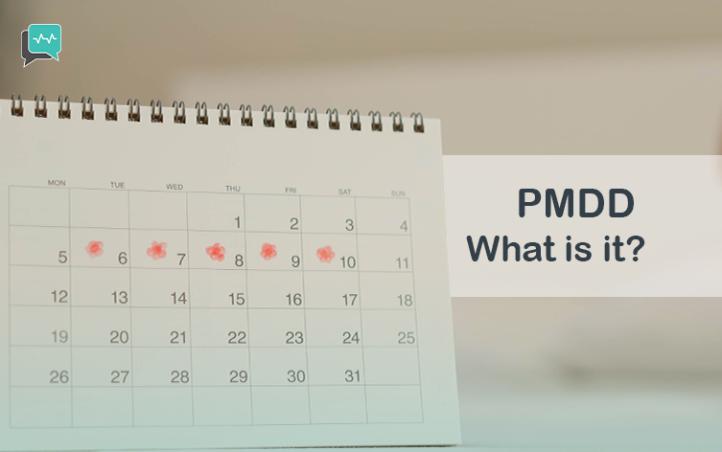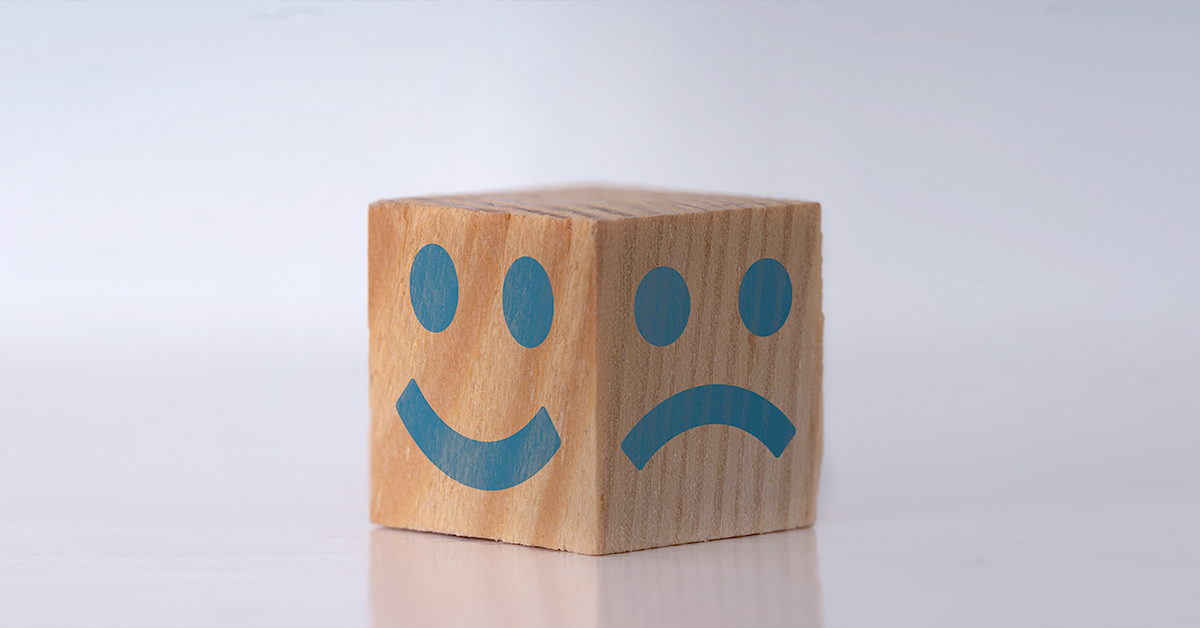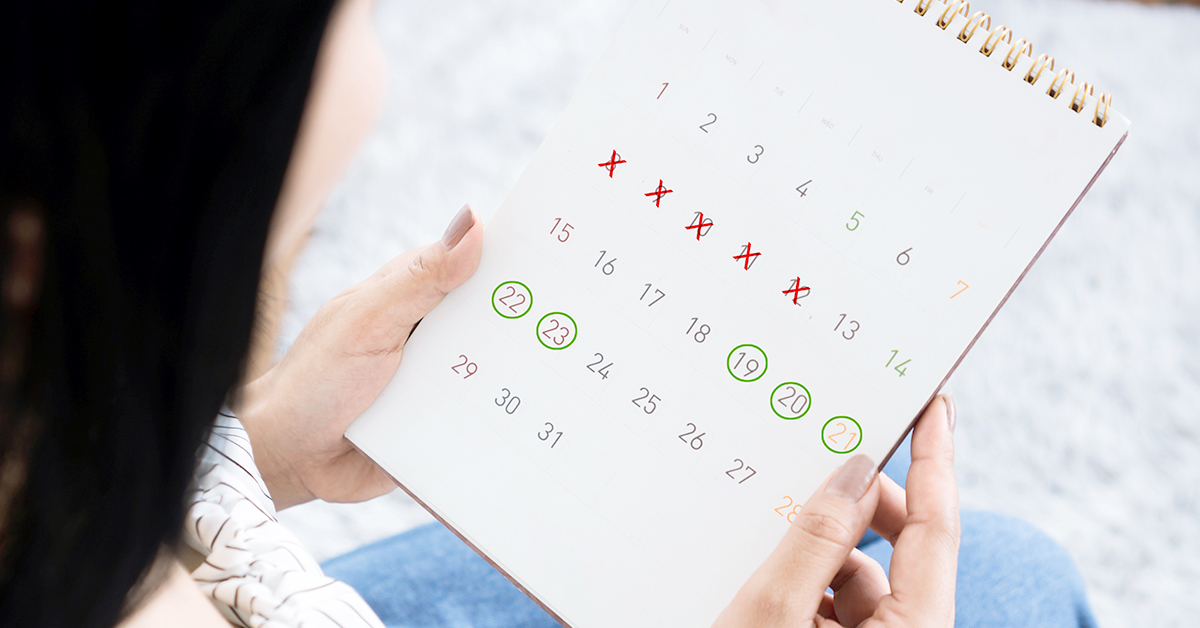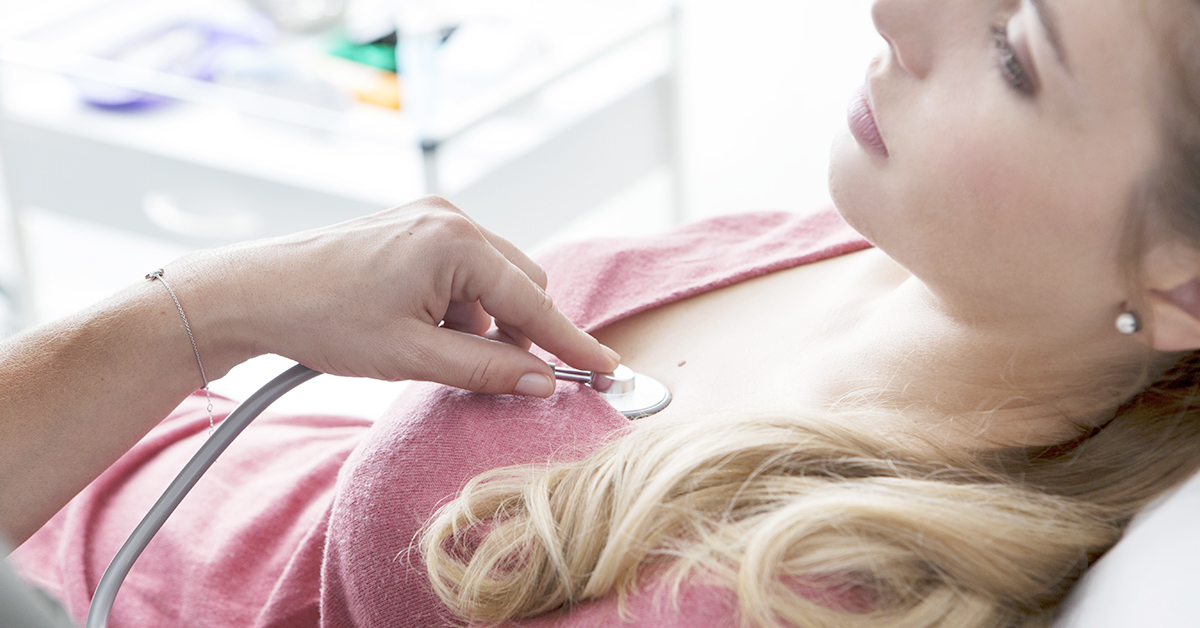PMDD, What is it?


Pre-menstrual dysphoric disorder (PMDD) is a set of symptoms that regularly occur between ovulation and the start of a menstrual period. The symptoms of PMDD are similar to symptoms of premenstrual syndrome (PMS) but are much more severe and have a significant impact on quality of life. The depression commonly associated with PMDD can be severe enough to result in suicidal thoughts or behavior.
PMDD can affect biological females worldwide of any race, ethnicity, or socioeconomic background.
Who gets PMDD?

PMDD affects between 3% and 8% of all women in their reproductive years. It is most prevalent in women in their late 30s to mid-40s but can strike at any time. Risk factors for PMDD include:
- Having a diagnosis of a major mood disorder or a close relative with a mood disorder.
- Having a mother or grandmother who had PMDD.
- Being a victim of domestic violence or sexual abuse.
- Having premenstrual mood changes or depression.
What are the symptoms of PMDD?
Symptoms of PMDD are similar to symptoms of PMS but are much more severe.
A description of the symptoms is included in the latest editions of both the International Classification of Diseases (ICD-11) used worldwide by medical professionals, and by its U.S. equivalent for mental disorders, the Diagnostic and Statistical Manual of Mental Disorders (DSM-5). The DSM-5 gives five requirements necessary for a diagnosis of PMDD.

1) At least five of eleven symptoms must be present, including at least one of the following:
- Significantly depressed mood, feeling hopeless, or thinking negatively about oneself.
- Significant anxiety or feeling “on edge”.
- Significant mood swings
- Persistent anger, irritability, or increased conflict with others.
The other symptoms in this section include:
- Less interest in usual activities
- Difficulty concentrating
- Fatigue or lethargy
- Change in appetite
- Change in sleep habits
- Feeling overwhelmed or out of control
- Physical symptoms typical of PMS, including tender or swollen breasts, bloating, weight gain, or headaches.
2) The symptoms must be severe enough to impact the following areas of life:
- Work
- School
- Social activities
- Interpersonal relationships

3) The symptoms must specifically relate to the luteal phase of the menstrual cycle. (The luteal phase is the time between ovulation and the first day of the period). Symptoms that exist before ovulation that become worse after ovulating would not be included as a symptom under Criterion A.
4) The patient should keep a daily diary of symptoms for at least two months in a row in order to determine the best course of treatment and confirm the diagnosis.
5) The symptoms can’t result from a concurrent medical condition, or from the effects of drugs or medicines.
Women with PMDD may be at higher risk for suicide because of the associated depressive symptoms and its effect on work, relationships, home life, school, and social activity.
What causes PMDD?

Scientists believe that unusual cellular sensitivity to normal changes in hormone levels are the cause of PMDD. The impact of this sensitivity is felt throughout the body and is also strongly associated with a mood-regulating chemical in the brain called serotonin.
In the past, theories as to the cause of PMDD included hormonal imbalances, psychosocial theories surrounding traditional female roles, and extreme stress brought on by menstruation.
Are there other conditions with similar symptoms?
Individually, most symptoms of PMDD are quite common, and can be found in many different conditions. However, only in PMDD will the symptoms meet the five requirements described in the DSM 5 and ICD -11. Some conditions that have symptoms similar to those of PMDD include mental health disorders, thyroid disorders, anemia, and myalgic encephalomyelitis (chronic fatigue syndrome).
How is PMDD diagnosed?

Since there are no specific tests for PMDD, the health care provider will most likely order blood tests including thyroid function tests, hormone levels, and a complete blood count (CBC)to rule out other conditions such as thyroid disease or anemia. He or she will also review the symptom diary and perform a physical exam.
Can PMDD be cured?
There is currently no cure for PMDD; however, medication plus non-medical treatments can significantly reduce symptoms.
The most effective medications are capsules or tablets called selective serotonin reuptake inhibitors (SSRIs). When taken for PMDD, SSRIs are sometimes taken only during the luteal phase of menstruation. Other medications, such as a particular oral contraceptive, may be helpful for some women.
Non-pharmacological treatments may be preferred or recommended. However, studies are mixed on how effective they are, and most likely they are more helpful in relieving symptoms of PMS than the main symptoms of PMDD.

Once a woman has gone through menopause, her ovaries no longer produce estrogen or progesterone. The monthly hormonal fluctuations behind PMDD therefore end. Injections of a medicine called a GnRH agonist can also cause the ovaries to stop producing estrogen, and just as in menopause, the symptoms of PMDD end. However, if the injections are stopped while a woman is still in her reproductive years, her PMDD will return.
In women who have finished childbearing or choose not to become pregnant, surgical removal of the ovaries is an option. By removing the source of estrogen, the hormonal fluctuations will even out. However, removing the ovaries has other effects on the body which must be considered when thinking about surgery.
With the exception of removing the ovaries, which is of course irreversible, symptoms of PMDD will return if the woman stops treatment prior to menopause.

PMDD is treatable, but only if someone recognizes the symptoms. It doesn’t go away until menopause and may become worse with age. If you think you or a loved one has PMDD, it is important to see a health care professional. It will help to bring a record of symptoms, and to be fully honest about any pre-existing or current emotions or disorders. PMDD is not simply ‘bad PMS’, it is a debilitating, serious disorder for which help is available.
How can Halza help?
Manage your health easily with the Halza app. Store, track & share all of your medical records to have them with you, wherever you go. Monitor your symptoms as well as upload reports and doctor’s notes all with the Halza app. QuickShare a complete overview of your health with any attending doctor in seconds, during emergencies or whenever you need.
Simplify your health journey with Halza.